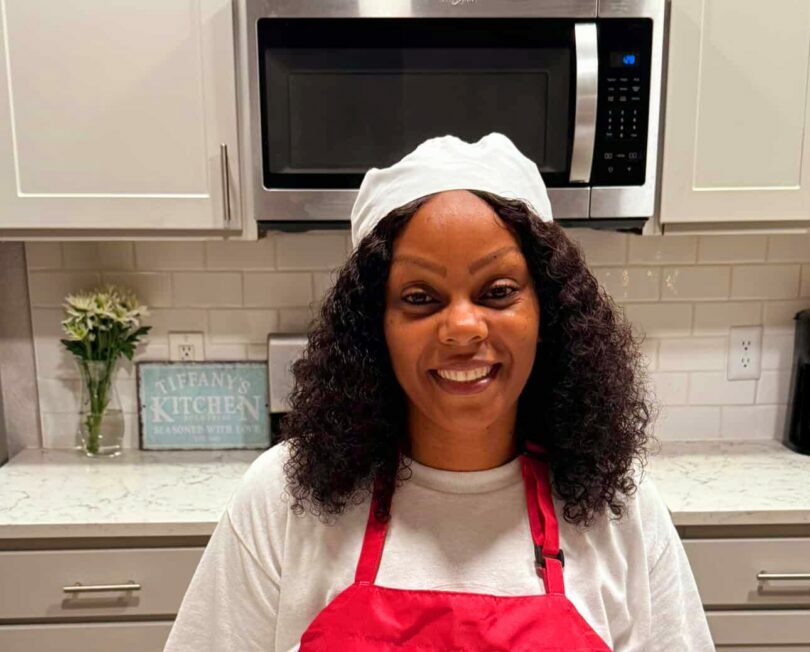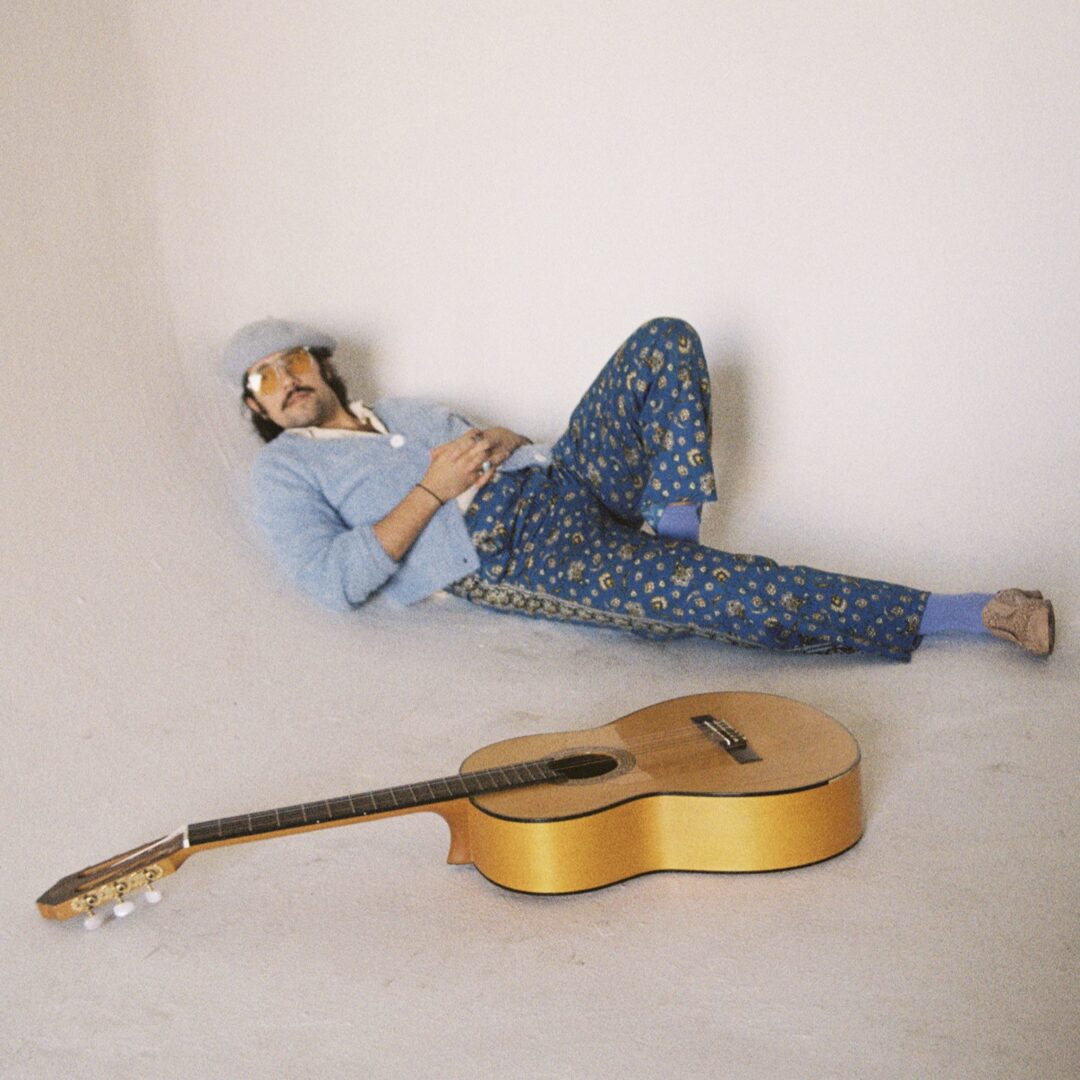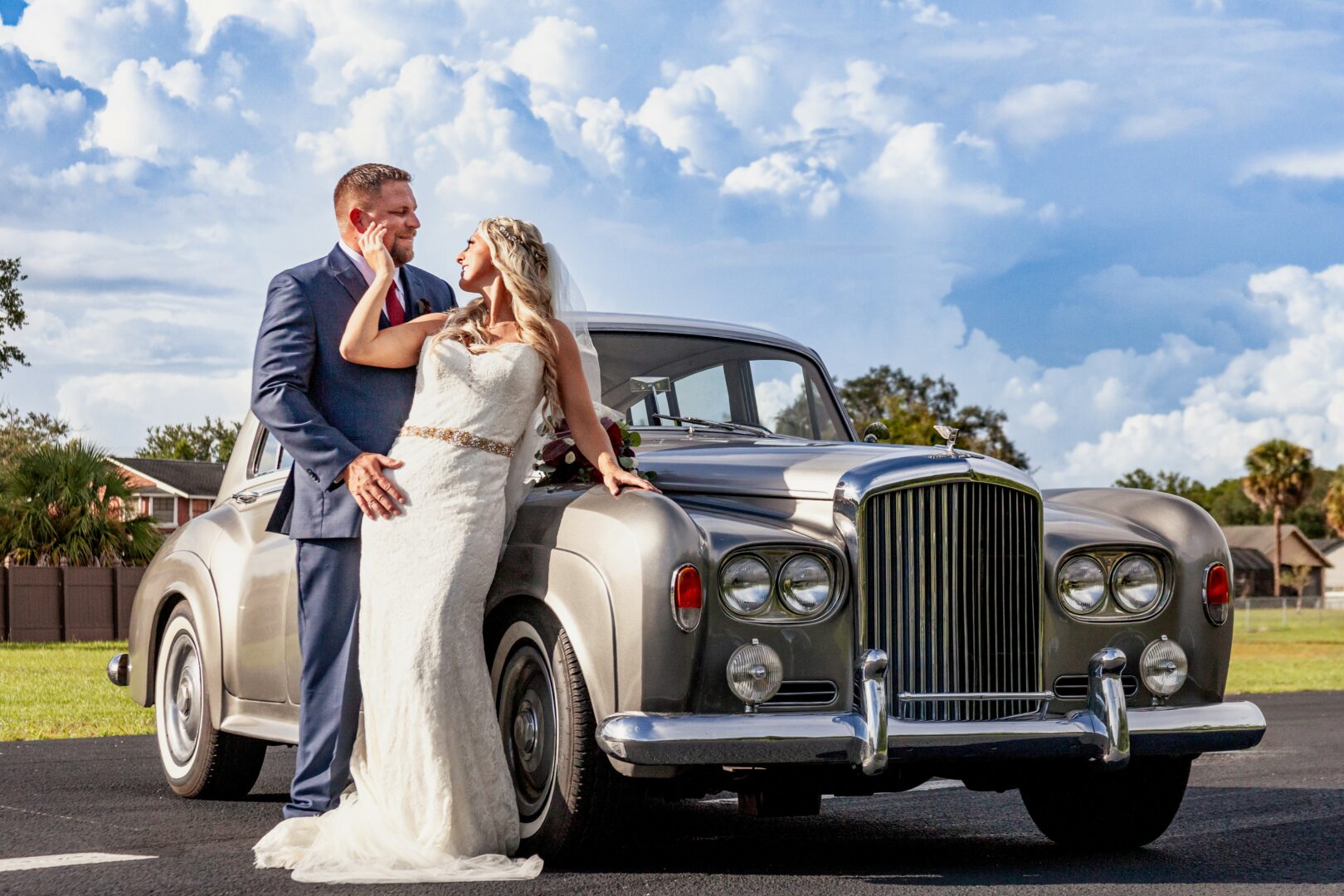We recently connected with Zengyi Zhao and have shared our conversation below.
Zengyi, appreciate you making time for us and sharing your wisdom with the community. So many of us go through similar pain points throughout our journeys and so hearing about how others overcame obstacles can be helpful. One of those struggles is keeping creativity alive despite all the stresses, challenges and problems we might be dealing with. How do you keep your creativity alive?
As an artist whose primary medium of creation is photography and also in a graduate fine art program, the subjects I am interested in during the creative process are often related to specific places in reality. Photographing them, discussing, and structuring their meanings are the most important things art can bring to me. Many of my works are shot in more remote places, so I embark on a road trip during less busy academic periods or weekends. On the way to my destinations, I make plans, enjoy the scenery, and appreciate the uncertainty different landscapes bring. The process of shooting at the destination is very focused for me. I immerse myself in the surrounding environment, and the process of it is like a spiritual journey. This process is fulfilling, from conceiving the landscape to finally seeing it presented in the viewfinder. I also enjoy conversations with my classmates and mentors. These dialogues add more meaning to my photography and expand my interests. It’s like a virtuous cycle. My creativity will never dry up as long as I actively shoot photographs and create works.
Let’s take a small detour – maybe you can share a bit about yourself before we dive back into some of the other questions we had for you?
I was born in China in 1999 and graduated from the California Institute of the Arts. I am pursuing a Master’s degree at the ArtCenter College of Design. I am an artist who primarily uses photography, video, and performance as my creative methods. As an artist who has lived through multiple cultures and localities. My work revolves around the critique of inauthenticity and alienation brought by capitalism and consumerism concerning the individual’s relationship to the changing social conditions. In my various works, I visualize the connections between individual life and grand narratives, discussing the presentation and impact of different sociocultural phenomena such as modernity and spectacle. I am particularly interested in the sensation of the ‘sublime,’ which is why I photograph grand landscapes, buildings, and similar subjects. I hope to create a unique space in my exhibitions through the size of the artworks and the design of the space. This aims to give the audience a sublime experience, eliciting an emotional resonance.
My work has been shown nationally & internationally, including at the Three Shadows Photography Art Center (CHN), SEOUL International Photographic Exhibition (KOR), and The Boomer (UK), among others. I recently had my solo show at 4C Gallery in LA.
Looking back, what do you think were the three qualities, skills, or areas of knowledge that were most impactful in your journey? What advice do you have for folks who are early in their journey in terms of how they can best develop or improve on these?
Finding a sustainable and productive method in creation and expression, achieving a ‘virtuous cycle’ in creativity, is most important for me. During my undergraduate years, I often drove aimlessly to photograph landscapes that interested me. While I still do something similar now, my purpose has become more defined, my photographic techniques have matured, and I have developed my methods and aesthetics. Although my current approach to photography may continue to evolve with my cognition and ideas, I now feel confident when facing my photographic subjects. Many of my recent works are inspired by my undergraduate road trip experiences. After extensively exploring the landscapes of the American West, I found myself attracted to the artificial landscapes that suddenly appear within natural ones. So, I began to pay attention to and photograph industrial facilities and artificial landscapes near Los Angeles. My photographic subjects have continuously expanded in this exploration process, from energy facilities to urban landscapes, transportation systems, and portraits of people within these settings. Now, I have a list of shooting locations, most of which are in sparsely populated suburbs or wilderness areas. I often shoot and drive all night on full moon days, using artificial light to photograph landscapes and then blend and collage day and night scenes in post-processing software. This process is something I’ve developed over a long period of shooting. As I mentioned earlier, I greatly enjoy the process of traveling and feel a strong sense of satisfaction seeing the final works. I hope this kind of ‘virtuous cycle’ can continue indefinitely.
The second and third important things are finding my voice, the viewpoints I want to express, and understanding the ideas of other artists and thinkers. These issues are abstract and conceptual, but they are indispensable for artists’ creative work. There was a time when I was uncertain about what exactly I wanted to express or how to express it, so I made many attempts that now seem ‘foolish ‘ and did a lot of research and reading. Now, as I gradually clarify my path of expression, I have come full circle back to where I started my passion for art. I am grateful for having a school environment where I can discuss works with my cohort and explore concepts with my mentors, as this process is vital for my growth. However, I am also thinking about how to keep myself immersed in the art world after graduation, as maintaining critique and connections with the art community is very important. I know many friends who run their artists’ spaces, which is a great initiative, and I am considering similar plans.
As we end our chat, is there a book you can leave people with that’s been meaningful to you and your development?
Recently, I have been reading ‘Hyper Objects’ by Timothy Morton, a concept that strongly relates to the experience of the ‘Sublime’ depicted in my work. Morton mentions that hyperobjects like energy systems, the internet, global warming, capitalism, etc., permeate our lives. As ‘objects’, they exert wide-ranging impacts across different times and spaces. In the wave of globalization dominated by capitalism, postmodernity has become the contemporary belief and ‘Sublime,’ replacing religion. It is showing everywhere around the globe and has an impact on so many levels of our time and space. According to Kant, the feeling of the sublime is derived from the size and overwhelming power of the objects being observed. Reading ‘Hyper Objects’ makes me think about how, as social beings living in the current environment, our lives are surrounded by many ‘objects’ filled with overwhelming force and size. This asymmetry between the individual and the environment constitutes our contemporary sense of the Sublime. Before the 18th and 19th centuries, the term ‘sublime’ was often used to describe nature. However, in modern times, with the construction of human industrial systems and the demystification of nature, nature has become an object to be conquered and consumed, gradually fading from social life. Now, in the highly virtualized and globalized society, we may be experiencing a new enchantment brought about by technology and alienation. Industrial landscapes and nature are slowly fading out of people’s lives, replaced by the now commonplace spectacle of technology. In the upward spiral of history, our current thoughts about ourselves and society have been explored countless times by our predecessors. This ‘upward’ process is being accelerated or overturned by emerging technologies such as AI and biotechnology. These Hyper Objects are our contemporary new myths.
My creation can perhaps be summarized as a record of my personal feelings toward the ‘Anthropocene’. Through the repeated jumping between macro and micro perspectives, I hope to extend the individual’s insignificance and confrontation with social reality, exploring the anonymization of humans and their integration with machines in the contemporary context. I cannot predict the future, but from a historical perspective, all uncertainty is inevitable, and we have long become accustomed to its emergence. Such thought processes may need to be broken and questioned. I like the metaphor of artists as canaries, as in the caves of history, it is often the artists who can react first to potential changes.
Contact Info:
- Website: zengyizhaoart.com
- Instagram: https://instagram.com/zengyi_zhao?igshid=MmVlMjlkMTBhMg%3D%3D&utm_source=qr









